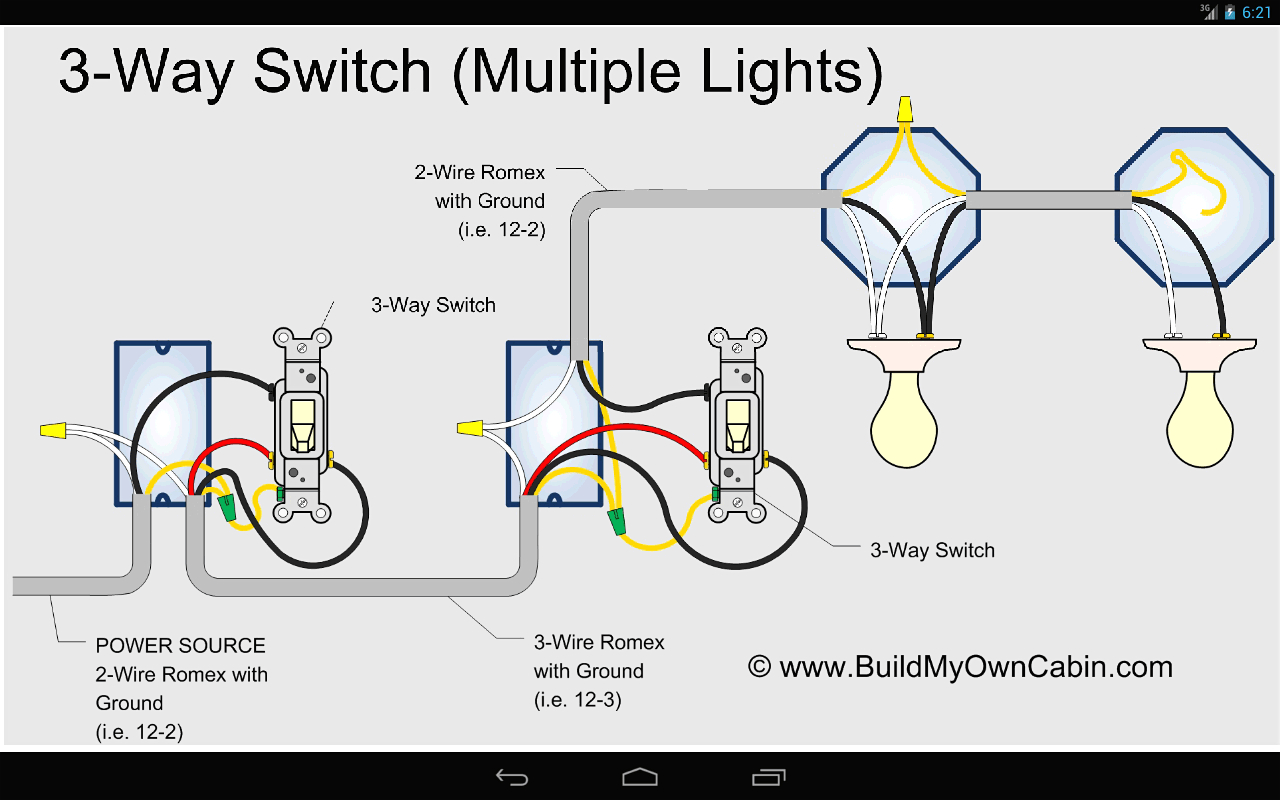

If that part is good then check for power at the ceiling, the black wires to the white wires.

If it's the black wire going up the sleeve on its own then with the switch in the ON position you should have 120 VAC. If it's the black wire going to the wire nut you should read 120 VAC. Measure between one of the black wires on the switch and the white wires. If you have 120 VAC then you're off to a good start. If not then you have issues further up the line back toward or to the breaker. Measuring between the three black wires under the wire nut, measuring to ground or to white should give you a 120 VAC reading. You should read the approximately 115 VAC between 3 and 4 or 3 and 5 when the switch is ON. You should read the approximately 115 VAC between 2 and 4 or 2 and 5. You should read the approximately 115 VAC between 1 and 4 or 1 and 5. You should read very little (< 1 VAC) between 4 and 5. Comes in from somewhere, goes two other places, one being the light fixture. Power controlled by this switch.Ĥ: Neutral wire. This is the wire that goes up to your light fixture. Note wirees 1 and 2 should always have power.ģ: Switched hot wire. I see 3 wires twisted, so power in, power out, and power to switch.Ģ: Hot wire to your switch. Neutral is close in voltage to ground as they connect in your house, usually in the main breaker box.ġ: Hot incoming power.

Unshielded (5) (or green) are the ground. White wires (4) are the neutral, or the return for the power. Some (one? #3?) of yours is switched thru the switch. That's an important clue.īlack wires (1,2,3) indicate a HOT wire. If you measure from ground to each end of the switch, you should get 120 always and 120/0 depending on whether the switch is on or off. Ground is your friend here too because ground is eventually connected to neutral. I forget which one is supposed to be connected to hot. The switch white wire should actually be taped black because the black wire is being switched. 120 VAC may mean the US.Īs was said, the power is likely in the ceiling fixture. Your location would possibly help when troubleshooting house electrical. The LED lamp does all sorts of weird things. The contact resistance could be 0.010 ohms. The switch when attached to a load has a very small voltage drop. The 120 V that you measure might not be able to carry an appreciable current. There are problems with this measurement. When you close the switch there would be close to zero volts ACROSS the switch. Why?īecause with the switch off, the path is through the light bulb and it would return the neutral to the switch and you would get 120 V. An incandescent light would be "helpful". LED lamps would very likely give a meaningless number. The only smart led bulb that also works with most built in switches and dimmers.Click to expand.This is what you don't understand. Feit Electric CFC/300/LED/HBR 40W Equivalent (3000K) B10 Dimmable Bluetooth.įeit Electric introduces the new homebrite led smart lighting system.
TWO LIGHTS ON ONE SWITCH WITH THE POWER AT THE FIXTURE BLUETOOTH
Or, you settle for a solution which doesn’t work with SmartThings right now, and use the FEIT Bluetooth candelabra bulbs, and hope Osram or somebody else brings out a zigbee candelabra bulb eventually. You either use a socket adapter if that fits, is aesthetically acceptable and meets the load specs for the lanterns. I know you have candelabra bulbs for the B fixture, so that gives you two choices. or one of the other wiring experts might have some thoughts on that.Īnother option would be to use smart bulbs in both the A fixture and the B fixture. But that’s going to depend on your exact wiring. One would be to use a smart switch cover over the switch indoors so that you never actually cut the power while adding some kind of smart relay or micro right before the B fixture so that you could cut the power just to the B fixture. Right?Īnd you want to be able to turn off the B fixture while still leaving power to the A fixture. It took me a little while to realize what the issue is, but you’re saying you have an “A” fixture which has smart bulbs in it, and a “B” fixture which does not have smart bulbs in it, and they both run from the same light switch. Rewiring a second switch is not possible. However, a smart switch will not allow the smart bulbs in the flood light to be powered at all times and thus the smart bulbs there come on with motion. If I put a smart switch where the old switch was, I can turn them on and dim them at night. We are adding 4 new lanterns in the front to replace the one currently. I also have smart bulbs in the flood light to have them turn on at night with motion sensor. I have a smart bulb in the lantern so I can turn it on at night, etc. They are both controlled by the same switch (has only one set of wires going to it). Currently outside my front door there is a lantern, and on the side of the house a double flood light.


 0 kommentar(er)
0 kommentar(er)
